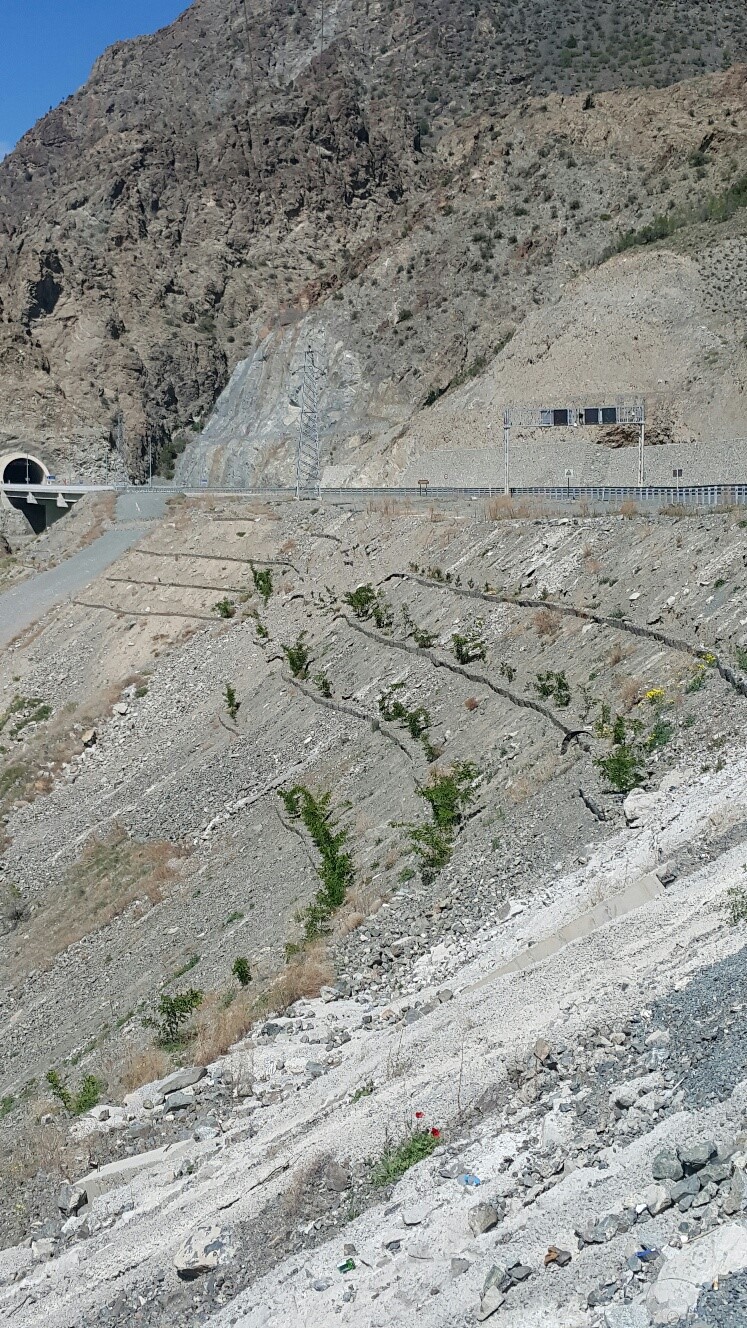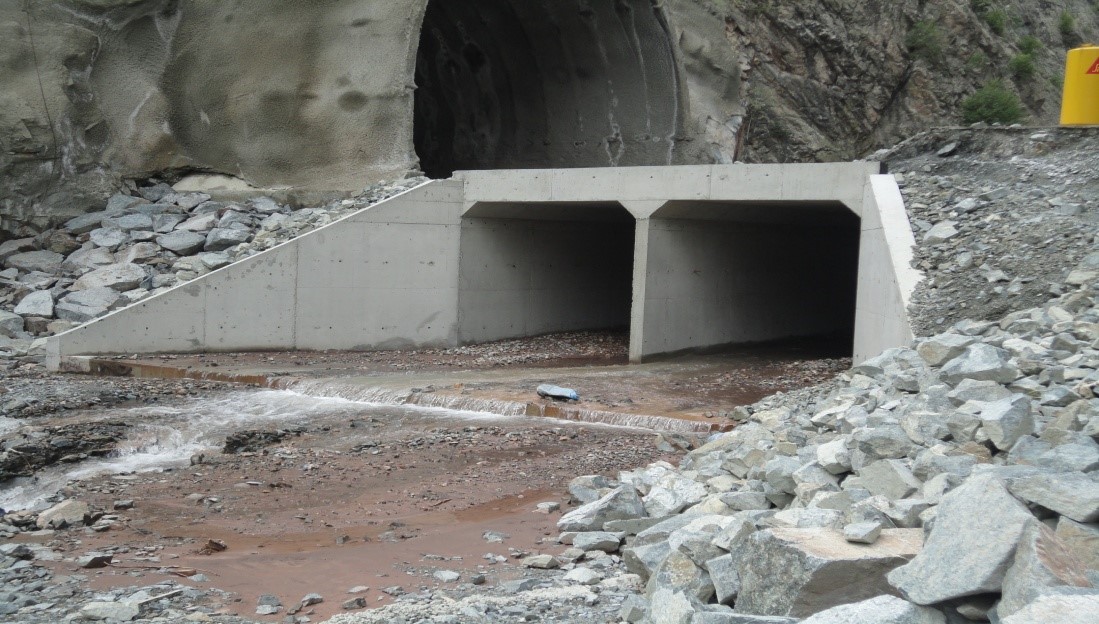REPORT
Date: 20/04/2022
Subject: Invitation for Local Stakeholder meeting of the Project Activity titled “Artvin Hydroelectric Energy Power Plant Project by Doğuş Enerji Üretim ve Ticaret Anonim Şirketi”
Respected Stakeholder,
We, Doğuş Enerji Üretim ve Ticaret Anonim Şirketi, are the investor for the project activity titled “Artvin Hydroelectric Energy Power Plant Project”.
For this project activity, the Local Stakeholder Meeting of the Artvin Hydroelectric Energy Power Plant Project, carried out within the scope of the Global Carbon Council (GCC) carbon certification mechanism, will be held in Artvin.
Being a part of the same project activity, you are identified as the Local Stakeholder. We are conducting the Local Stakeholder Meeting and, in this regard, any kind of comments or views from your side are welcome and we are pleased to invite you for the same.
The details of the meeting are, as:
|
Organizer
|
Doğuş Enerji Üretim ve Ticaret Anonim Şirketi
|
|
Venue
|
Artvin
|
|
Date
|
09/09/2022
|
|
District
|
Yusufeli
|
Start Time
|
14:00
|
|
End Time
|
15:30
|
CORPORATE RESPONSIBILITY
Dedicated to Corporate Citizenship, Doğuş Enerji sees itself as a part of a larger society and considers its relationship with stakeholders key to its greater social commitment.
Doğuş Enerji’s stakeholders include the consumers, employees, shareholders, suppliers and public institutions directly affected by our activities. The relationships we have established with our stakeholders extend far beyond the frame of our products and services into social and ethical spheres.
ARTVİN DAM AND HEPP PROJECT, A NEW ENDEAVOR BY DOĞUŞ ENERJI PRODUCTION AND TRADE. Inc.
Studies Conducted in the Çoruh Valley Wildlife Enhancement Area Explore the Ecosystem Assessment Reports and Management Plan
We have been conducting studies on wildlife under the scope of our Artvin Dam and HEPP Project, major parts of which are located in the Çoruh Valley Wildlife Enhancement Area. The wildlife studies we conduct involve assessing reports prepared by academics who work in the hunting and wildlife departments of three universities, and who specialize in wildlife. We also adhere to the contracting act, prepared in accordance with the ecosystem assessment report and approved by a notary.
We collect photographs for our wildlife studies in the field using photo-traps. At the time, we have thirteen photo-traps in the field, and we are specifically monitoring the activities of Capra Aegagrus, our target species and one associated with the valley’s ecosystem, and other mammals. The information we receive from citizens in the surrounding villages also enhances our research and, after the completion of construction activities in the field, we have observed that the Capra Aegagrus continue to actively live in the field.
Under the scope of the Artvin Dam and HEPP project, 18 km of the Artvin-Erzurum State Highway has been completed. Ten km of this highway consists of thirteen tunnels, while one km is composed of viaducts and the remainder consists of an open excavation area. Whole portions of the Artvin-Erzurum state highway extends into the Sensitive Usage Area and Sustainable Usage Area. Because tunnels comprise major parts of this road, effects on wildlife will inevitably remain at minimum levels.
Artvin-Erzurum state highway passes through the Sensitive Usage Area of the Wildlife Enhancement Area and reservoir must be completed sensitively. To create food and shelter for wild animals, Scotch Pine, Wild Pear, Wild Cherry, and Pomegranate trees have been planted. In addition, to ensure erosion control, White-flowered Black Locust trees have been planted.

Image 1: Completed Fields that incorporate Planting Works
Culverts that are two meters high and two meters long and allow the Capra Aegagrus and bears to pass through them have been constructed. They also emphasize the importance of tributary rivers along the Arvin-Erzurum relocation road.

Image 2: Example of a culvert suitable for wild animals to pass through
Citizens living in surrounding villages and workers employed in the construction field were informed that they live in a Wildlife Enhancement Area, and also informed of the studies being carried out to avoid disturbing the animals. One-on-one conversations with citizens were conducted, and are still being conducted, to instruct them not to poach.